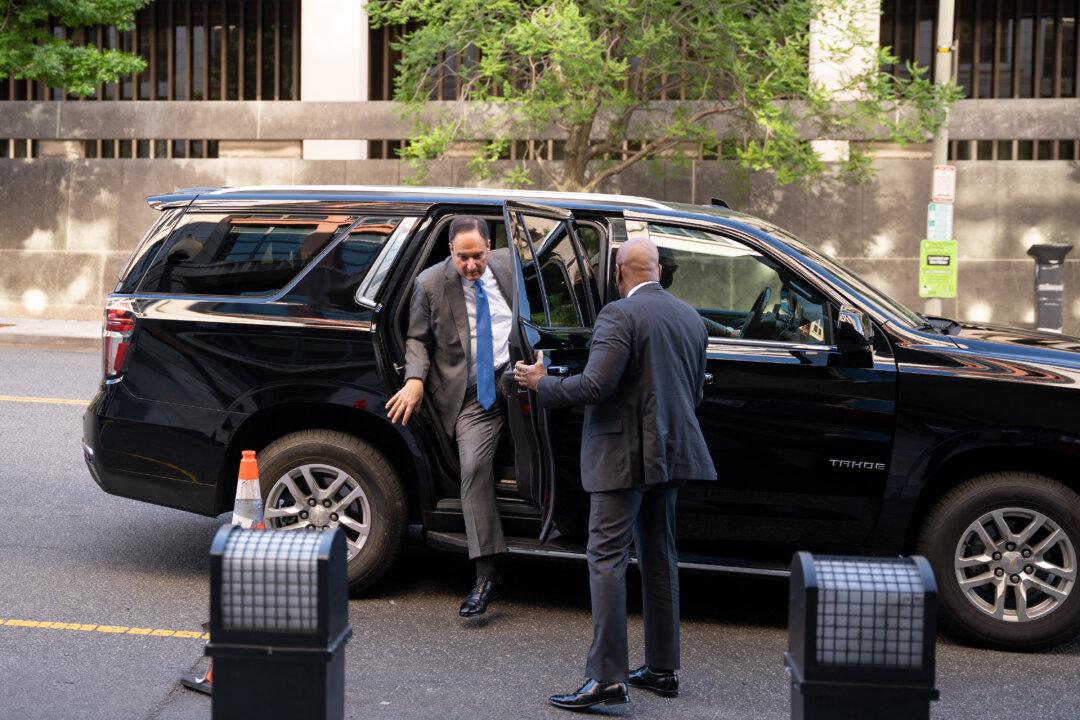A lawyer representing Democrats proposed alterations to an FBI statement on the hacking of the Democratic Congressional Campaign Committee (DCCC) to avoid undermining the narrative from his clients, according to emails released as part of the trial of former Hillary Clinton campaign attorney Michael Sussmann.
FBI officials in mid-2016 were drafting a statement regarding an alleged intrusion into the DCCC network and sent the draft to Sussmann, a lawyer representing the DCCC, the Democratic National Committee (DNC), and other Democrats.






